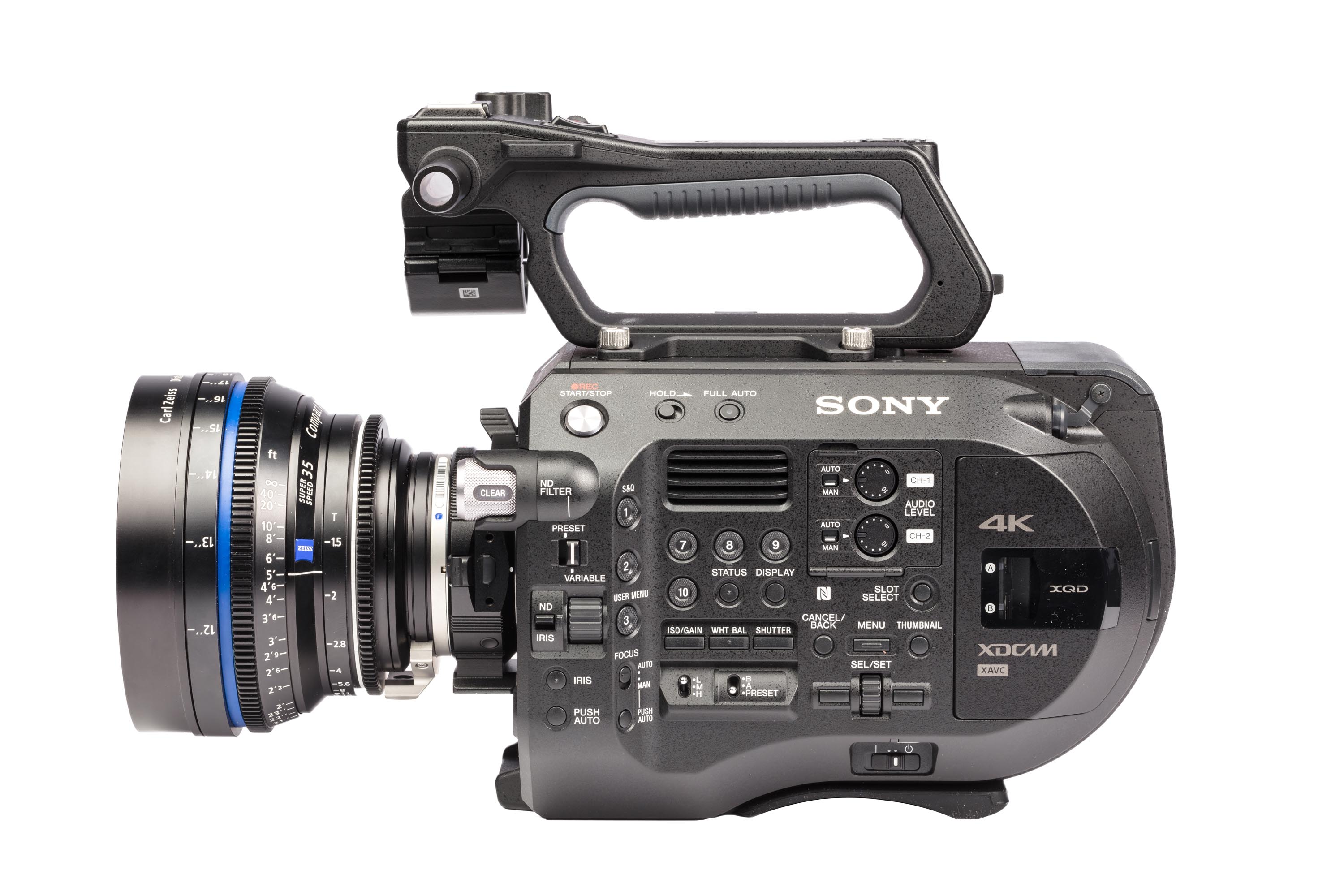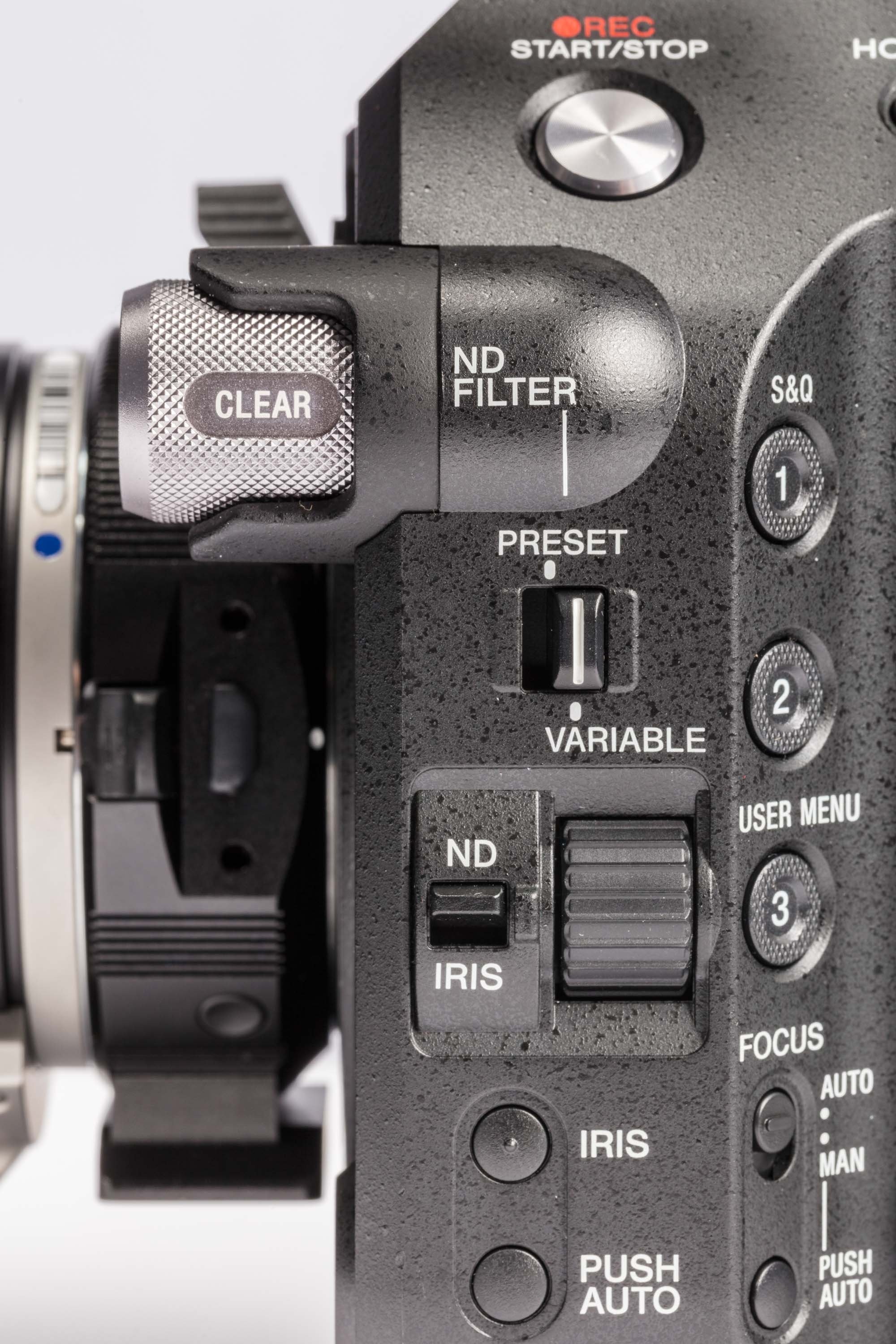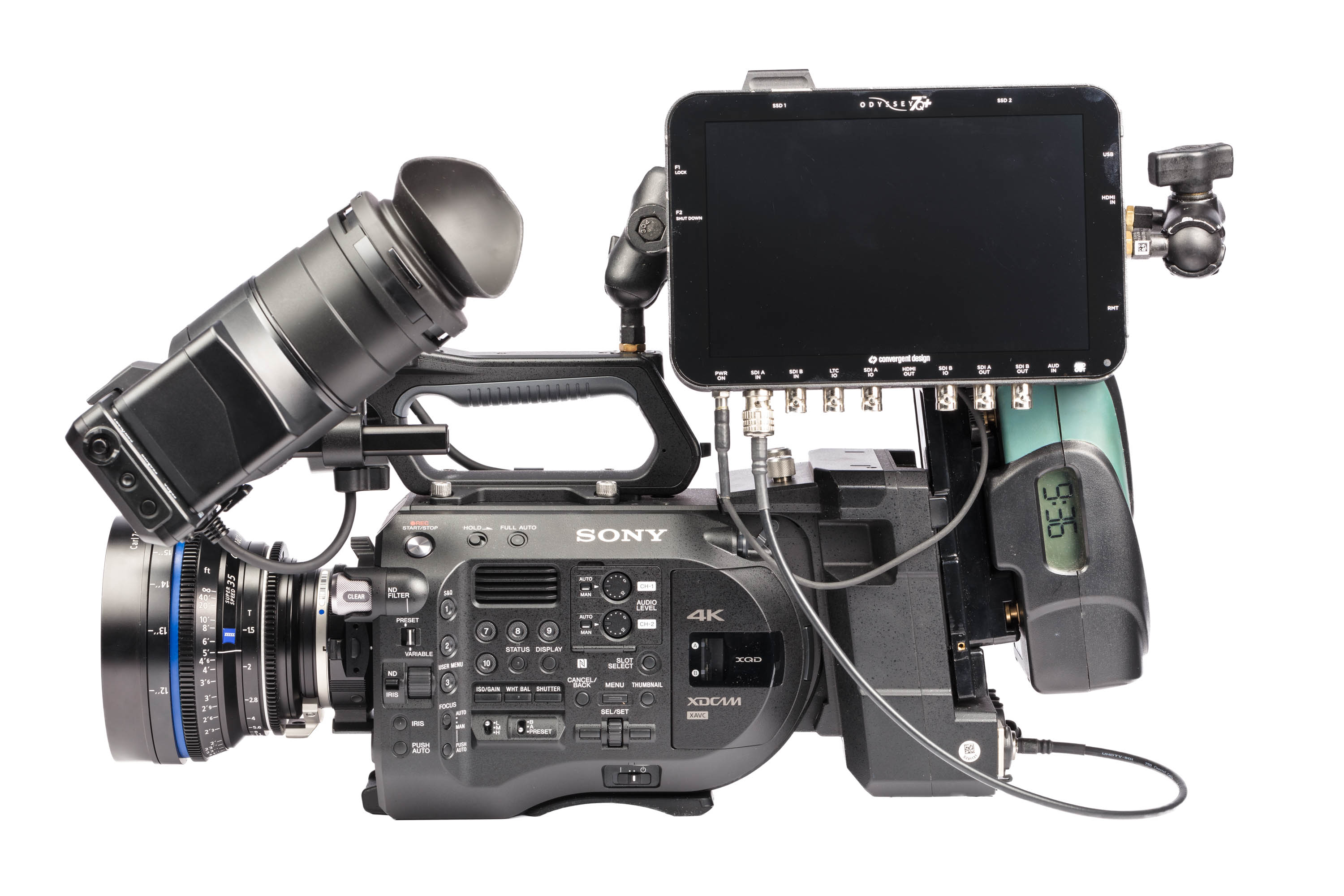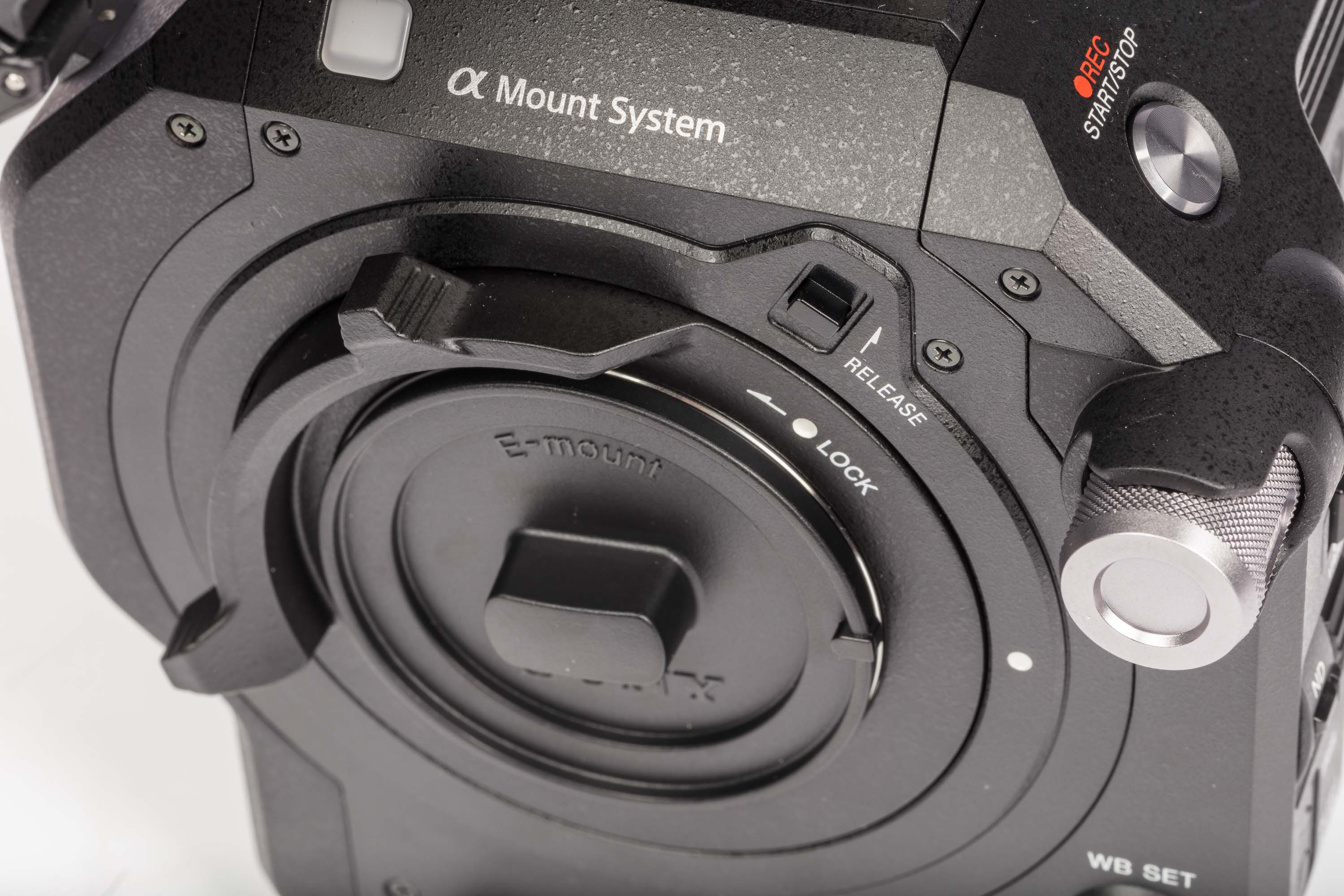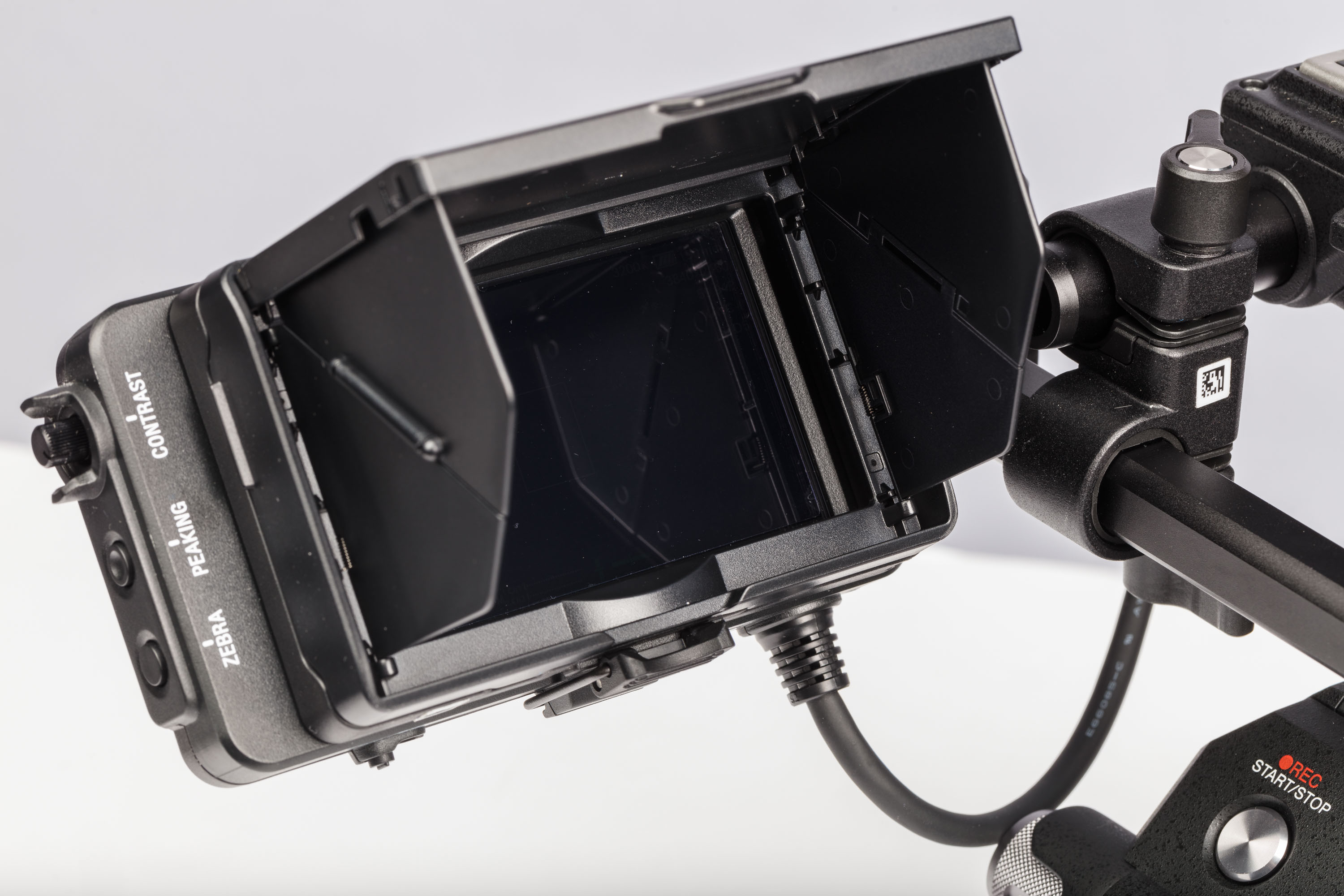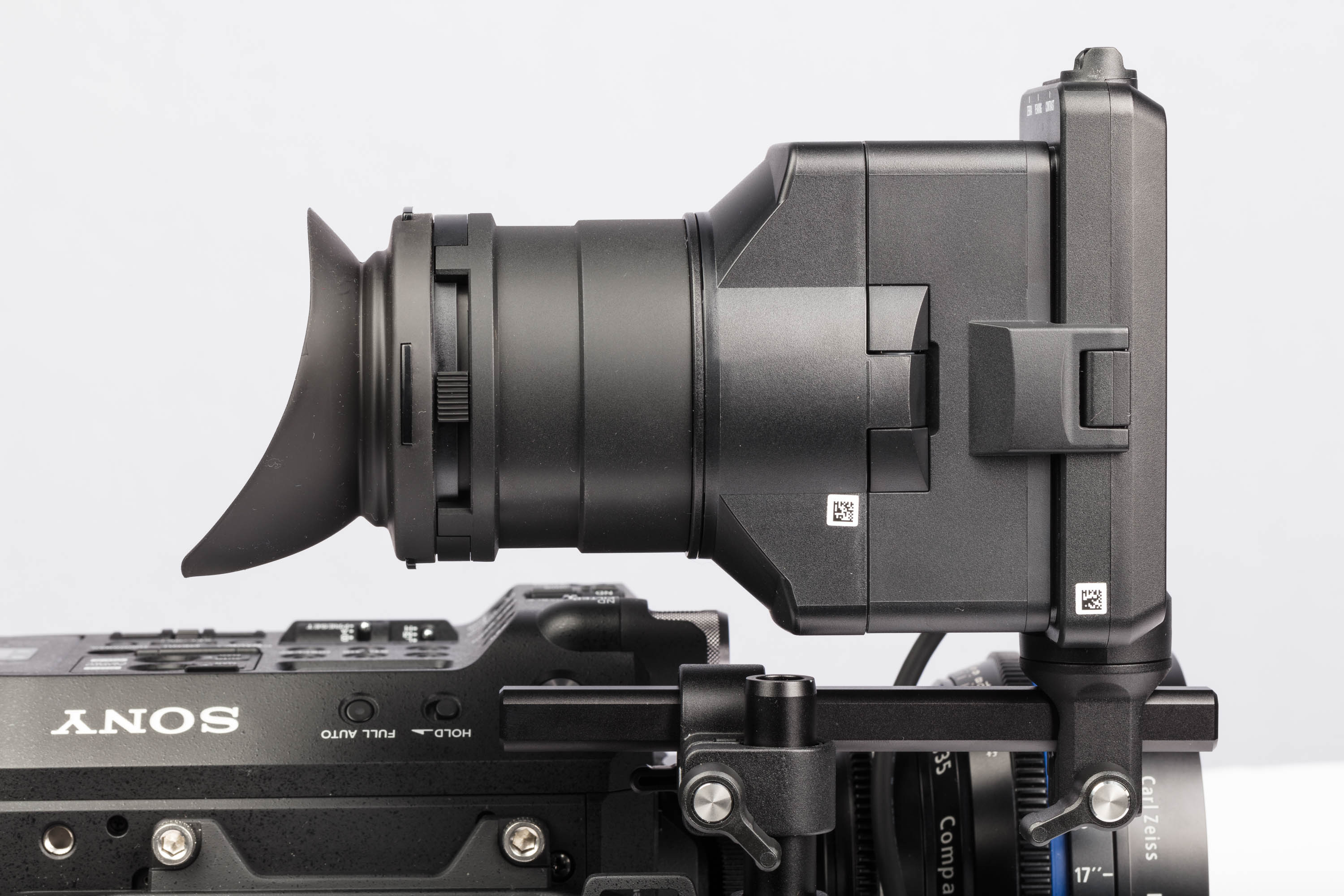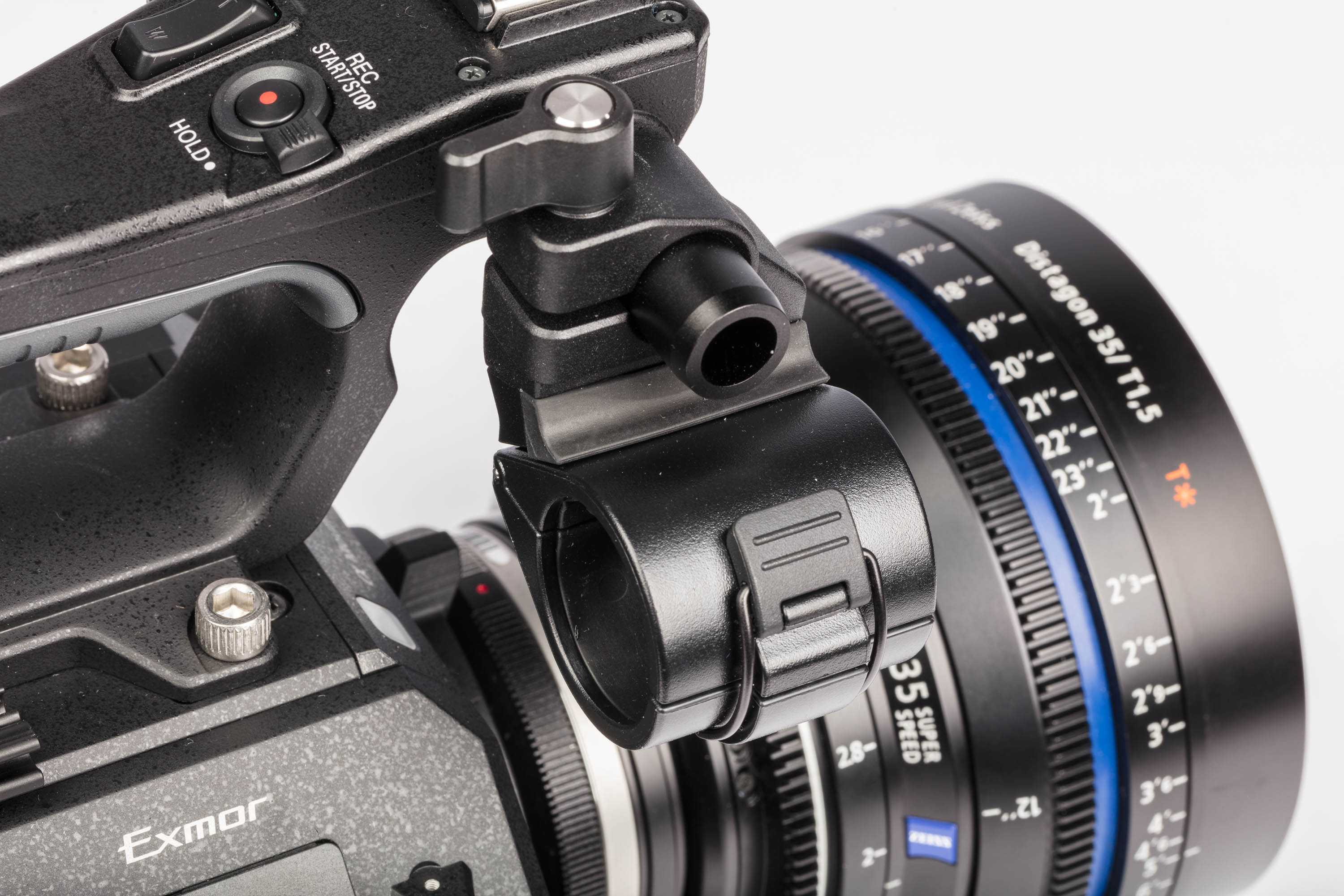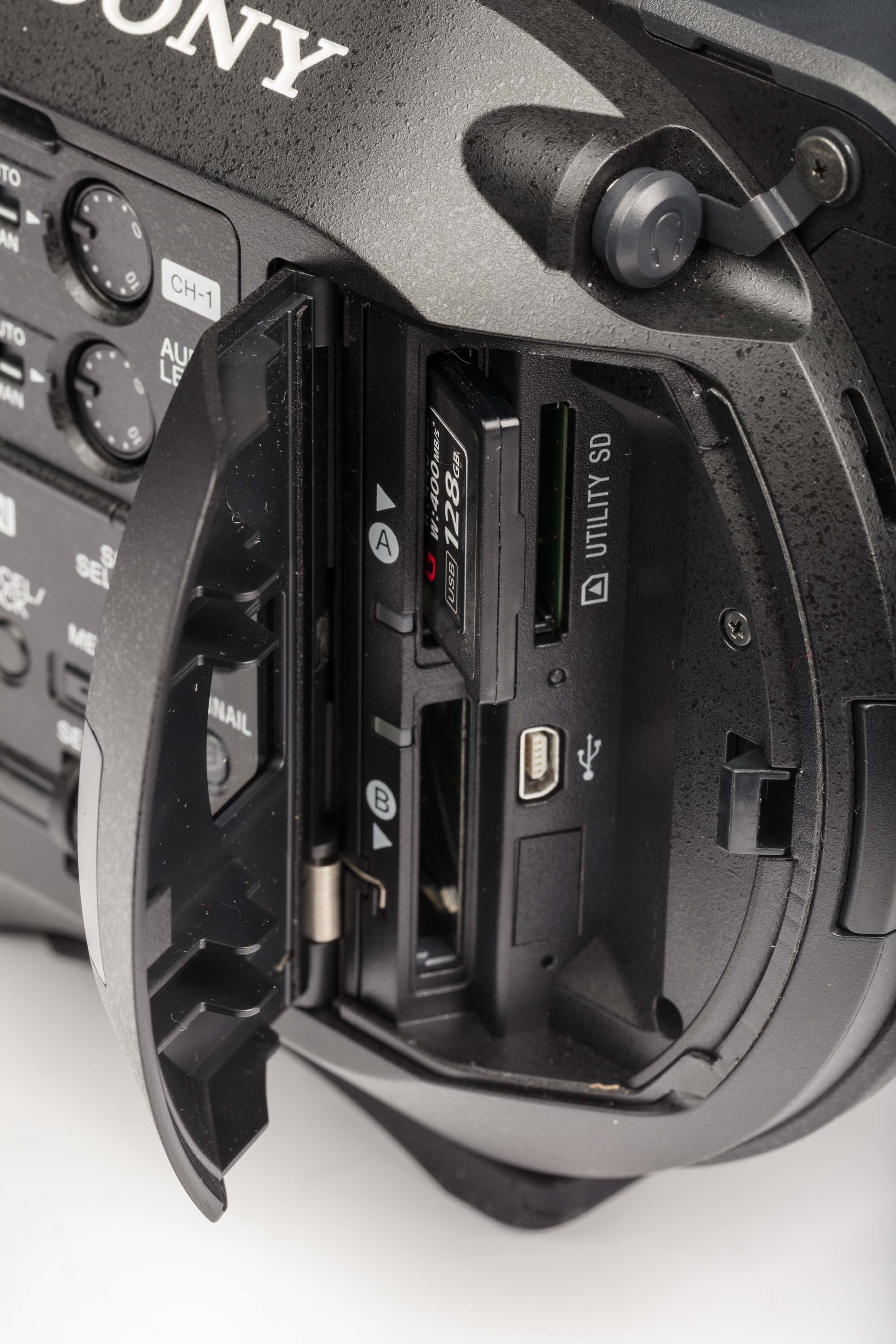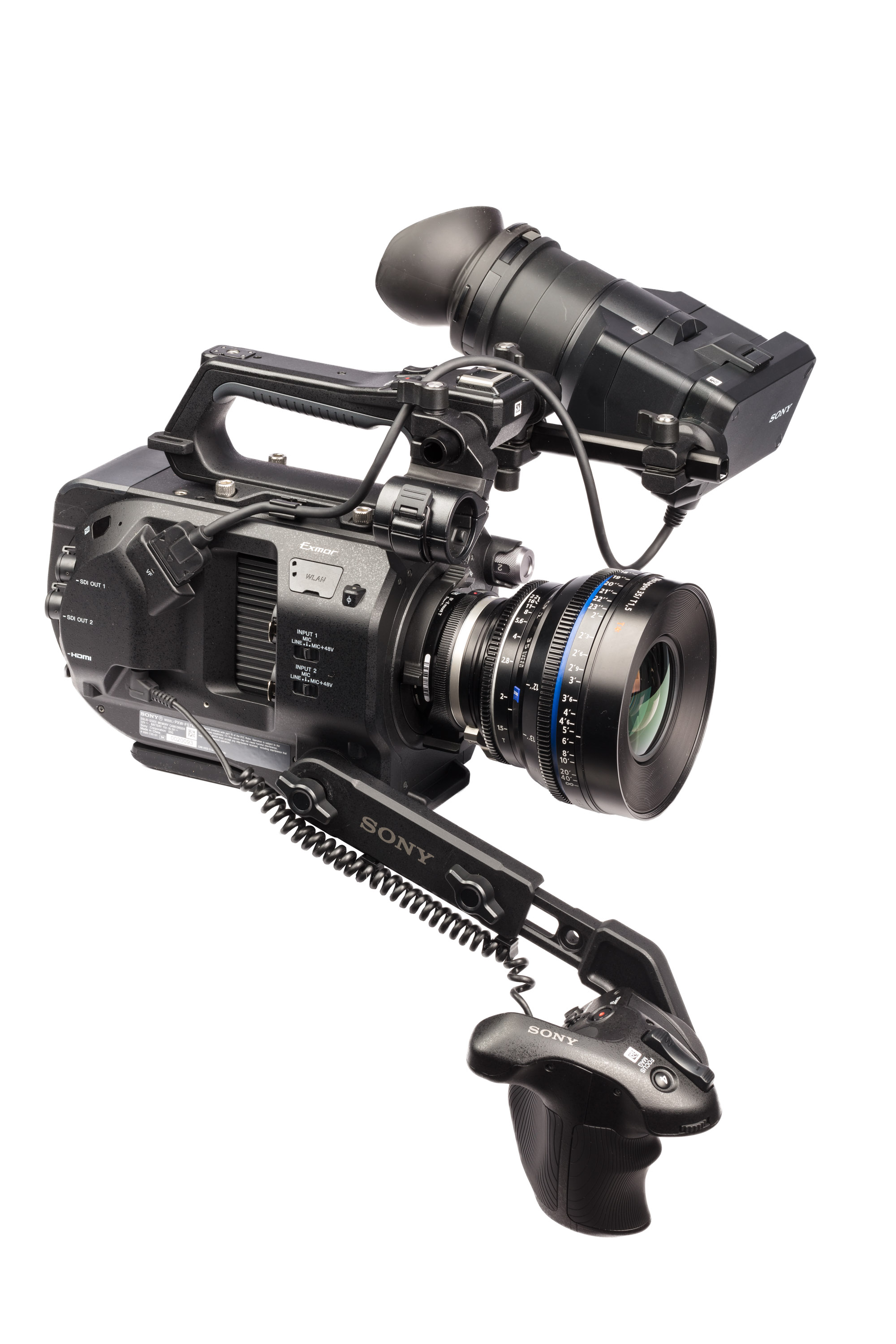Equipment
A Look Into the New Sony FS7 Mark II
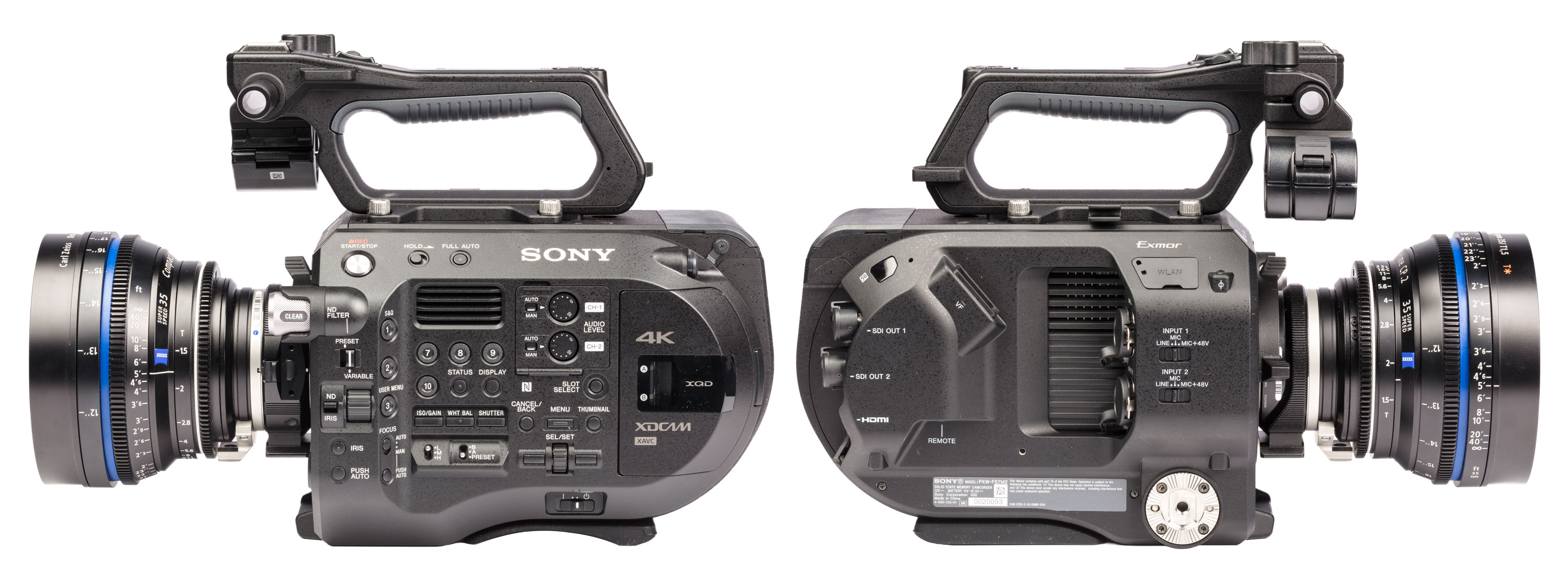
We inspect a lot of video cameras, and design flaws tend to catch our eye quickly and consistently slow the inspection process. To the casual user, removing a hard-to-reach memory card once or twice is a mild inconvenience — one that they might not even give a conscious thought. To a full-time videographer (or LensRentals.com video technician) that will pull out that card thousands of times, an extra quarter inch of a card to grab onto is a feature worthy of moderate or possibly intense celebration. The Original Sony FS7 has remained one of the more popular cameras in Sony’s video lineup, and it has a long list of what I would call design flaws. It seems someone at Sony has listened to our muttered complaints from the inspection table because they have just released the Sony FS7 II, a camera that on paper is only a marginal improvement over its predecessor. Spec sheets aren’t everything, so this article will examine how the Sony FS7 II will improve the daily life of a heavy FS7 user.
Built-In Electronic ND Filter
By far, the biggest difference in the two cameras is the addition of the electronic ND filter system introduced on Sony’s X180 and popularized by the FS5. The system uses an LCD panel that drops down in front of the sensor and darkens via a simple three-step knob or a control wheel that allows smooth and more precise changes to exposure. If you’ve never had the opportunity to use this feature, it’s very helpful in locking in a consistent aperture and shutter speed during changing lighting conditions. The filter’s 2 to 7 stop range of neutral density shifts quickly and smoothly, and setting the electronic variable ND to auto on a partly cloudy day can save you from the tedious hassle of fixing exposure variations in post production. It seems like a luxury feature now, but I imagine someday we’ll wonder how we ever got along with mechanical ND systems.
Rec. 2020 Color Space
I’ll briefly mention the addition of the Rec. 2020 color space. This option would only be used if outputting directly to or recording specifically for a Rec. 2020 monitor. It’s a strange addition without Rec. 2100, the newest standard that defines the color space for HDR screens. S-log 3 still covers the color range of Rec. 2020, so recording log and rendering for your preferred color space is still the most versatile option. To trim it down to one incredibly reductive sentence, if you’re not sure if you need it, you probably don’t.
New Locking E-Mount
The Sony FS7 II has a brand new locking E-mount. In my limited experience with attaching lenses to this camera, I find that it’s quite difficult to use at first as a single operator. It does get slightly less difficult after some time is spent learning the best way to hook your pinky to slide the lock as you turn the bayonet style flange while not dropping your expensive lens. That is to say, it’s still not easy. The spin of the flange may seem backward to those intimately familiar with PL mounts, but this too can be overcome with the use of the new design. I do see the utility of this redesign for heavier cine lenses because once the lens is attached, the connection is rock solid. For me, the change is more frustrating than helpful, but it is possible I just need more experience with it.
Viewfinder Improvements
The rest of the improvements are less substantive to the camera’s higher $10k price tag but are still welcome. The viewfinder tube has a new design with a stiff top hinge in place of the metal clasp found on the FS7 tube. This allows for easier, one-handed installation. There is a new, tool-less attachment to the viewfinder adjustment rod that should cut down on stripped hex screws and allow for a more secure connection, and the adjustment rod is now made of a square tube that keeps the viewfinder at a right angle and prevents sagging. The viewfinder now also includes a plastic flip-out sun hood that will most assuredly be the first item on this camera that goes to visit the fine gentlemen in our repair department.
Mic Mount & XQD Media
Mic mounts on the original Sony FS7 are one of the parts that break most often. Near the rubber shock mount, there are two small clips that regularly snap off. Sony fixed the problem by including a new mount that resembles that of the FS5, but it is removable with the same style screw that is used on the viewfinder side of the handle. The number of assignable buttons on the camera jumps from 6 to 10, an increase of 66%! The grip has become tool-less and now features a screw identical to the grip attachment screw for adjusting the length of the grip arm. Previously the only way to tell if your camera was on without a viewfinder was by inserting a memory card or turning on full auto mode. There is a new, green LED indicator located just above the power switch. Although, it’s still located under a lip that makes it more difficult than it should be to see when above the camera. Finally, to bring it back around to my opening anecdote, XQD cards are now ejected further out to allow for easier removal from the camera.
Which one should you buy? Which one should you rent? If you’re in the market for a new FS7, you’re looking at a couple of thousand dollar upsell on the version two. Personally, I’d go with the Sony FS7 II if purchasing new. The improvements to usability will be worth it over time, and the electronic variable ND is a nice bonus. If you’re looking to rent, the Sony FS7 II is currently renting for about 25% more than the original. If you don’t think you’ll use the ND features, the extra money might be better spent on a nicer lens or accessories. Most of the ergonomic upgrades won’t be missed on a weekend shoot.
What I Liked:
The electronic variable ND filter system adds a great new tool for exposure control.
Parts that often break have been redesigned for the better.
The locking E-mount rigidly holds larger, heavier lenses.
What Could be Improved:
The name of the FS7 II is confusing if Sony doesn’t consider it a replacement.
Locking and unlocking new mount can require more than two hands.
No improvements to the core image quality on a version two body.
The sun hood feels a bit flimsy.
The Sony FS7 II is an improvement over the FS7 but probably not enough to justify replacing one if you’re already an owner. Hopefully, the changes to some of the more damage-prone components keep the camera on the rental shelf instead of the repair shelf. I expect more from a camera with the “II” designation even if Sony claims this is a companion to instead of a replacement for the FS7.
Author: Joshua Richardson
I’m Joshua and a video technician at Lensrentals.com. Before Lensrentals, I was a weekend portrait photographer and owned an audio recording studio just outside of Memphis, TN. Now, I have the pleasure of inspecting a small selection of the video gear you rent, and after hours produce content for YouTube and the wider internet.
-
Nashrambler
-
Larry Templeton
